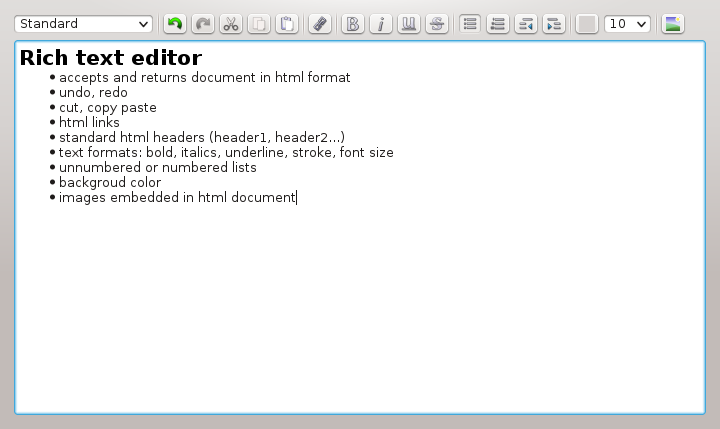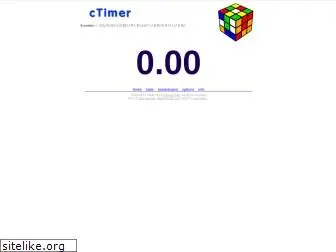

- #Qt dialog background color ui registration#
- #Qt dialog background color ui software#
- #Qt dialog background color ui license#
If you have any problems with the registration process or your account login, please contact us. Registration is fast, simple and absolutely free so please, join our community today! By joining our free community you will have access to post topics, communicate privately with other members (PM), respond to polls, upload content and access many other special features. You are currently viewing our boards as a guest which gives you limited access to view most discussions and access our other features. If you are looking for information about Qt related issue - register and post your question. Over 90 percent of questions asked here gets answered. Qt Centre is a community site devoted to programming in C++ using the Qt framework. Syntax : setStyleSheet (background-color: grey ) Argument : It takes string as an.

In order to change the color of the main window we use setStylesheet () method. Select the forum that you want to visit from the selection below. The first step in creating desktop applications with PyQt is getting a window to show up on your desktop, in this article, we will see how we can change the color of this window.

Return (objs, getNamedColors(know_material_substitutions. Objs.append(exportObject(freecad_object = obj, Know_material_substitutions.update()įace_colors.append(know_material_substitutions) Ui.plainTextEdit.viewport().setPalette(pal) The 3D module, exposed both via C++ and QML APIs, is a high-level 3D object and scene rendering system, tailored for interactive applications. Qt 5.11 brings in a new Javascript engine again, twice as fast. If color not in know_material_substitutions:īgc = QtGui.QColor(color*255, color*255, color*255) Qt 5.2 brings in an entirely new Javascript engine and a new scene graph renderer, with even better performance. Ui.comboBox.addItems(+shaderColors.named_colors.keys())įreecad_object = (obj.Name)įor color in freecad_object.DiffuseColor: Layout.addWidget(QtGui.QLabel("PySimulator Version: " + str(version)), 2, 0)ĭef determineColors(Gui, objects, know_material_substitutions=None): Color dialog is a huge widget that consists of lots of child widgets so it become tough to set stylesheet to the color dialog as it is a complex widget, below is. QColorDialog is the pop up type widget in the PyQt5 used for selecting and creating colors.
#Qt dialog background color ui license#
See the\nGNU Lesser General Public License for more details.\n\nYou should have received a copy of the GNU Lesser General Public License\nalong with PySimulator. In this article we will see how we can set background color to the QColorDialog.
#Qt dialog background color ui software#
All rights reserved.\n\nPySimulator is free software: You can redistribute it and/or modify\nit under the terms of the GNU Lesser General Public License as published by\nthe Free Software Foundation, either version 3 of the License, or\n(at your option) any later version.\n\nPySimulator is distributed in the hope that it will be useful,\nbut WITHOUT ANY WARRANTY without even the implied warranty of\nMERCHANTABILITY or FITNESS FOR A PARTICULAR PURPOSE. Layout.addWidget(QtGui.QLabel("Copyright (C) 2011-2015 German Aerospace Center DLR (Deutsches Zentrum fuer Luft- und Raumfahrt e.V.),\nInstitute of System Dynamics and Control. It seems you almost did that but constructor for you dialog should be like this.

then it should have a blank UI file just like mainwindow and you can just add. Pixmap = QtGui.QPixmap(self.rootDir + "/Icons/dlr-splash.png") New ->Qt->Form designer Class->Dialog Without buttons.


 0 kommentar(er)
0 kommentar(er)
